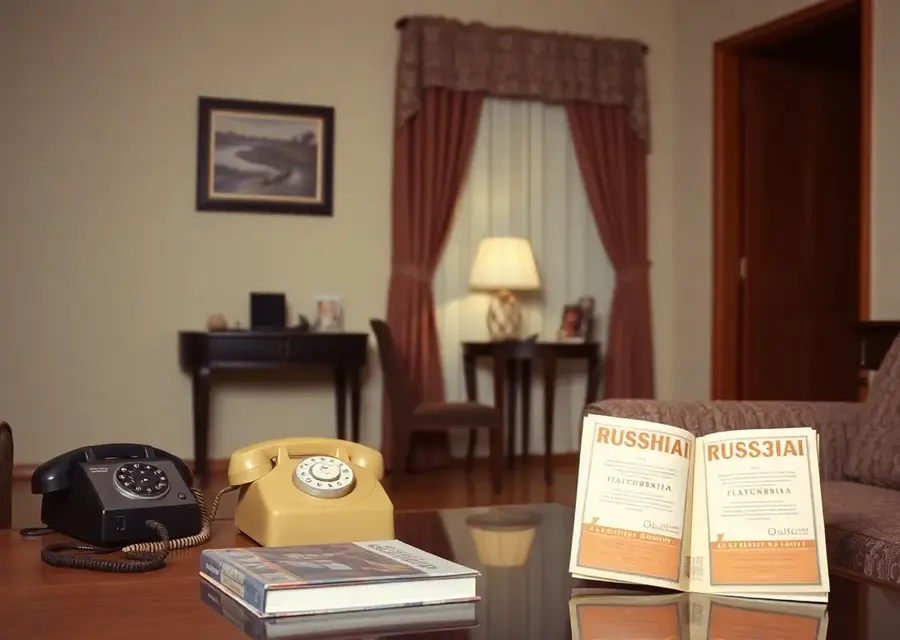Ruth Paine testimony: JFK assassination witness revisited
- THE MAG POST

- Sep 8
- 6 min read

Ruth Paine testimony reshapes how we understand a pivotal morning in Dallas, not as a sensational headline but as a quiet thread that connects neighbors, choices, and a country grappling with memory. This piece revisits her role as a neighbor who offered hospitality and a rare, intimate glimpse into the Oswalds’ lives before November 1963, revealing how ordinary acts intersect with history. Ruth Paine testimony appears again in accounts by historians who trace the social dynamics in Irving and Highland Park, echoing the questions that shaped the Warren Commission era. By examining Paine's accounts and later reflections, we glimpse the social texture of Irving and Highland Park that surrounded the Kennedy assassination, and we consider how memory, evidence, and narrative travel through time.
Ruth Paine and a Quiet Open Door: The Dallas House as History
A doorway in a Dallas suburb became a quiet hinge in a national conversation about memory, testimony, and the Kennedy era.
Contextual origins: Origins of a fortuitous meeting
In February 1963, Ruth Paine— a neighbor with a deep Quaker conscience—found herself exchanging pleasantries with Marina Oswald at a Highland Park gathering. The social setting gave Paine a practical bridge: Marina spoke Russian, a skill Paine had pursued through Berlitz and self-study, which allowed for an early, intimate dialogue that would later appear in the record. This small encounter would ripple outward, offering Paine a front-row seat to the Oswalds’ life before the assassination and providing later witnesses with a material foothold for memory and interpretation. The mixture of hospitality, curiosity, and cross-cultural curiosity created a narrative frame that historians would scrutinize decades later.
Her early impressions— of Oswald as someone who craved attention, coupled with Marina’s quieter demeanor— helped Paine and others reconstruct a social milieu that made the Oswalds seem ordinary to neighbors even as extraordinary events unfolded. This context matters because it grounds the later Warren Commission testimonies in a lived, social reality rather than an abstract sequence of dates. In short, the Dallas house is not a backdrop but a point of entry into a more nuanced history.
The Highland Park party and the path to conversation
The Highland Park encounter offered Paine a linguistic window into Marina’s world, an opportunity that matched her long-standing interest in Russian. The dialogue touched on life in the Soviet Union, defection, and the tentative reentry into American life, details that framed the couple’s story in a way that other witnesses sometimes missed. Paine’s patient, respectful approach—balancing curiosity with restraint—allowed Marina to open up about her experiences and her husband’s trajectory in a manner that felt trustworthy to the observer. This dynamic, subtle and human, would later become part of the evidentiary mosaic the Commission consulted.
As Paine’s memories crystallized into testimony, they illuminated the rhythms of domestic life around the Oswalds: visits, conversations, and routine anxieties that mapped the couple’s daily existence in the months preceding the assassination. The social fabric of Irving and Highland Park thus emerges as a meaningful counterpoint to the stark, procedural record, reminding readers that history is as much about people as it is about events. The Paine narrative, anchored in ordinary moments, offered a platform for broader questions about motive, opportunity, and timing that the Commission sought to address in a careful, evidence-driven manner.
Witness under scrutiny: The Warren Commission and Paine’s testimony
A sober, methodical inquiry into the assassination would rely on Paine’s recollections to map the Oswalds’ day-to-day life in 1963, situating them within a neighborhood and a set of social relationships that shaped public memory and historical interpretation.
The Commission’s conclusion—that Oswald acted alone—rested on a mosaic of testimonies; Paine’s accounts, though not definitive on every point, helped illuminate the social dynamics surrounding the key days before November 1963. Critics and scholars have debated reliability and timing, yet Paine’s records have endured as a touchstone for understanding how ordinary people perceived extraordinary events. The Paine narrative thus serves as a bridge between lived experience and documentary analysis, inviting ongoing critical engagement with the Kennedy case.
Key moments that shaped the commission's view
Within the Commission's deliberations, Paine’s memories of house visits, conversations about Russia, and the couple’s routine were weighed against other sources to build a consistent, multi-angled picture of Oswald’s pre-assassination life. The process emphasized corroboration and context, not a single dramatic revelation. The Paine recollections, when aligned with other evidence, contributed to a cautious, methodical assessment of whether Oswald’s actions could be inferred from everyday behavior or whether they pointed to a planned motive. This approach underlined a broader truth about historical inquiry: small, everyday details can either reinforce or complicate sweeping conclusions.
Ultimately, Paine’s testimony was one piece of a broader evidentiary framework. The Commission’s cautious synthesis—what is known, what remains uncertain, and how memory aligns with archival records—illustrates how historians’ questions persist long after official findings are issued. This nuance is essential for readers seeking to understand how public narratives about assassination are constructed over time.
Limitations and interpretations of Paine’s accounts
Historians acknowledge the fallibility of memory, especially with events that remain emotionally charged decades later. Paine herself likely remembered details with clarity in some areas and ambiguity in others, a pattern common to many witness accounts. The interpretive limits of her testimony raise important methodological questions: how do researchers weigh memory against documentation? How do they account for personal bias, perspective, and the passage of time? These questions underscore the complexity of turning intimate recollections into evidence fit for a national inquiry.
Despite limitations, the Paine narratives have enduring value. They illuminate the social climate of Dallas and Irving in 1963, offer texture to the Kennedy story beyond the headlines, and invite readers to consider the human dimension of historical events. The careful, reflective reading of her memories remains a potent tool for historians seeking to balance memory, context, and corroboration in a case that continues to provoke debate.
Legacy and memory: Paine’s place in the Kennedy narrative
Understanding Paine’s place in history requires more than a chronological checklist; it demands attention to the human detail that shapes our comprehension of national events. Her decision to host guests in Irving, her curiosity about Marina’s language and background, and her steadfast record-keeping offer a model for how ordinary citizens can influence historical interpretation. The case demonstrates how small, deliberate acts of hospitality and inquiry can ripple outward, affecting the way public memory is formed and contested for generations.
Moreover, the broader conversation around Oswald’s life in the months before the assassination continues to benefit from Paine’s testimony, which anchors abstract narratives of conspiracy or motive in the texture of real, lived experience. Books, archival interviews, and thoughtful journalism continually revisit her observations to test theories and to refine our understanding of an event that remains deeply charged in American politics and culture. Paine’s example—quiet, precise, and humane—persists as a reminder of the value of careful witness testimony in historical inquiry.
From archives to public memory: books and coverage
Over the years, Paine’s memories have informed biographies, documentaries, and scholarly articles that seek to place Oswald’s life in context and to explore how memory travels through time. The evolving conversations around her observations show that public memory is not fixed; it grows through reinterpretation, new sources, and increasingly rigorous methods. By tracing these threads, readers can appreciate how a neighbor’s recollection becomes part of a collective memory shaped by evidence, narrative, and late-20th-century and 21st-century historiography.
Ultimately, the Paine story invites a disciplined curiosity about how households intersect with history, and how the everyday actions of ordinary people acquire significance in the face of national trauma. The Kennedy assassination remains a focal point for debates about truth and memory, and Ruth Paine’s example endures as a reminder of the value—and limits— of witness testimony in historical inquiry.
Key Takeaways
Ruth Paine’s life illustrates how hospitality, memory, and careful observation can illuminate a national tragedy far beyond sensational headlines. Her testimonial record helps situate Oswald’s pre-assassination days within a neighborhood context and invites ongoing critical engagement with the Kennedy narrative. The ethical takeaway is clear: history depends on listening closely to diverse voices and weighing memory against corroboration, a balance that remains essential in political storytelling and scholarly work.
Aspect | Summary |
Context | Dallas suburban setting in 1963; Paine hosts conversations that connect Marina and Lee Harvey Oswald to broader social networks. |
Witness Impact | Paine's recollections provided human context for the Warren Commission's assessment of Oswald’s pre-assassination life. |
Public Memory | Books, journalism, and archives have used Paine’s memories to shape ongoing narratives about the Kennedy era. |
Legacy | Hospitality and everyday memory illustrate how ordinary acts influence historical interpretation. |






















































Comments